Transforming Chicken Feed: My DIY Black Soldier Fly Bin Experience
- February 28, 2024
- 5 comment
Four years ago, I started a project that significantly altered my method of providing food for my chickens. Initially, I created a black soldier fly box, which proved to be successful but somewhat complicated.
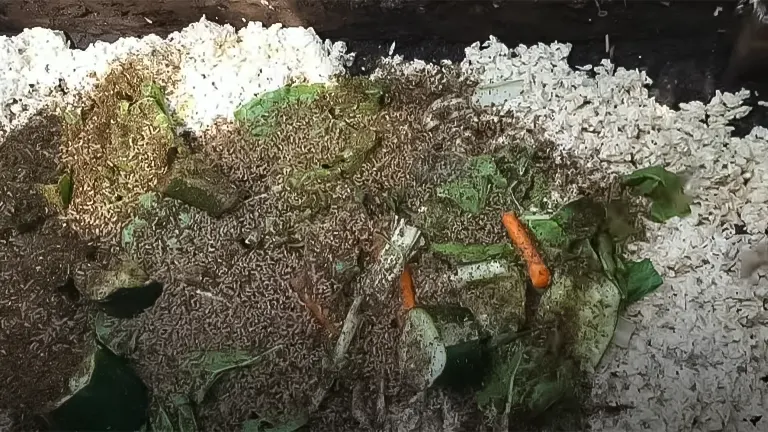
Today, I’ve discovered a simpler and more efficient technique that feels like a breakthrough. This process goes beyond merely reducing expenses; it’s about adopting sustainable practices and leveraging the often-overlooked value in our daily waste.
List of Transforming Chicken Feed:
- Choose the Right Container
- Prepare Your Food Scraps
- Cut Large Slits for Entry and Exit
- Location Matters
- Manage Moisture
- Seasonal Considerations
- Keep It Simple
The Genesis of My DIY Black Soldier Fly Bin
The idea was straightforward: create an easy-to-set-up system that anyone, anywhere, could replicate within minutes. The goal was to raise free, high-quality food for chickens, pigs, fish, and even reptiles, utilizing nothing but kitchen scraps. The black soldier fly larvae, with their excellent fat-to-protein ratio, proved to be an ideal candidate for this.
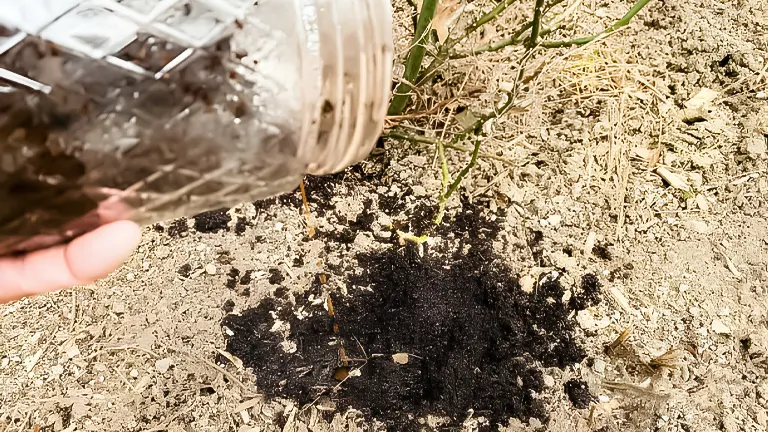
I’ve seen firsthand how these larvae can process not just vegetable waste but also meat, dairy, and even manure, turning potential landfill fodder into nutrient-rich feed. It’s a solution that resonates with my ethos of reducing waste and promoting organic feed for animals.
7 Simple Guidelines for Setting Up Your Black Soldier Fly Bin
1. Choose the Right Container
Selecting an appropriate container is crucial for starting your black soldier fly bin. A standard yellow tote, readily available at stores like Home Depot, is an excellent choice due to its optimal size and ease of use.
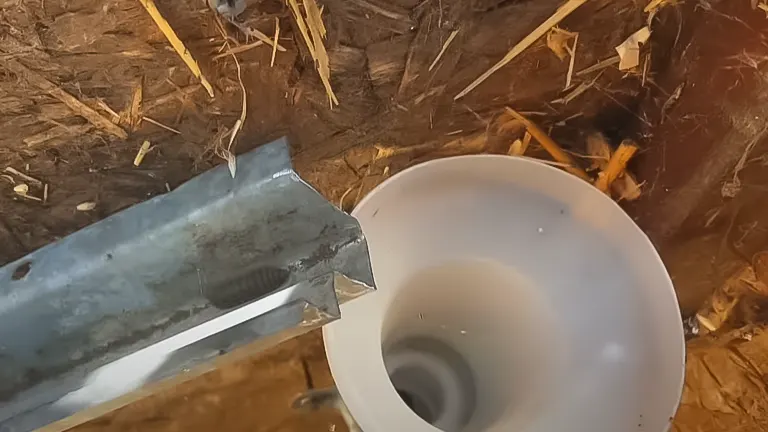
This type of container is accessible and provides enough space to support a thriving larvae colony, making it an ideal selection for beginners and experienced users alike.
2. Prepare Your Food Scraps
The black soldier fly bin can process a wide range of organic waste materials. Everything from kitchen leftovers like cake and vegetable peels to more substantial waste such as chicken bones can be utilized.
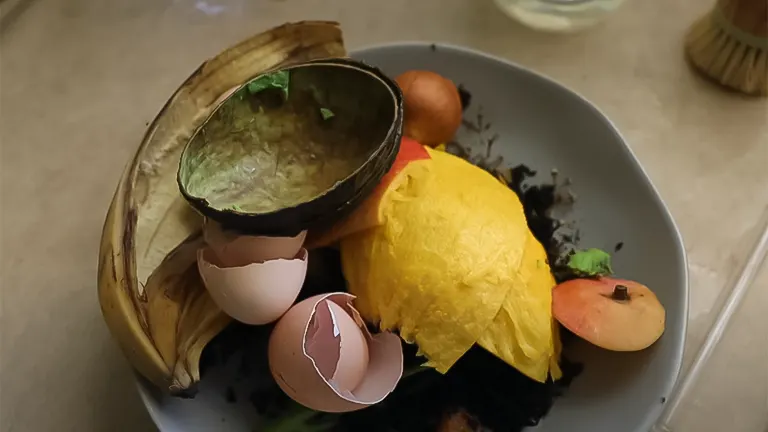
This versatility allows for a comprehensive approach to waste reduction, contributing to a sustainable cycle of feed production for your larvae colony.
3. Cut Large Slits for Entry and Exit
Simplifying the design of your fly bin can be achieved by cutting large slits around the container instead of using ramps.
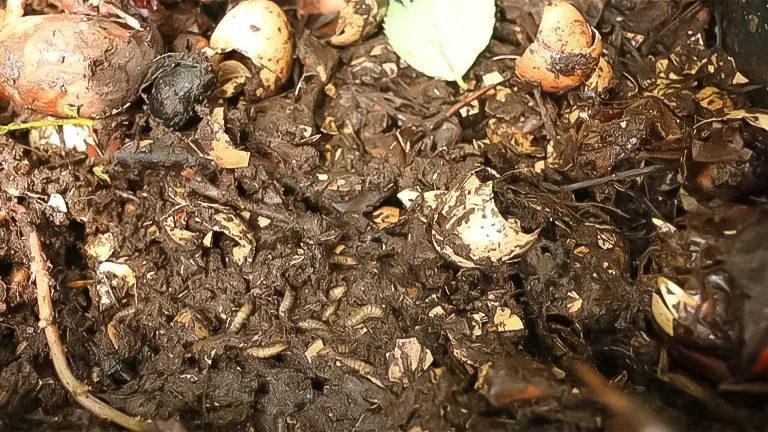
This modification makes it easier for the black soldier flies to access the bin to lay eggs, and for the mature larvae to leave the container when they’re ready to pupate. This approach streamlines the process, making it more efficient and less labor-intensive.
4. Location Matters
The placement of your black soldier fly bin is key to its success. Positioning it close to where the larvae will be utilized, such as near a chicken coop, pig barn, or fish pond, ensures that the mature larvae can be conveniently harvested and used as feed.
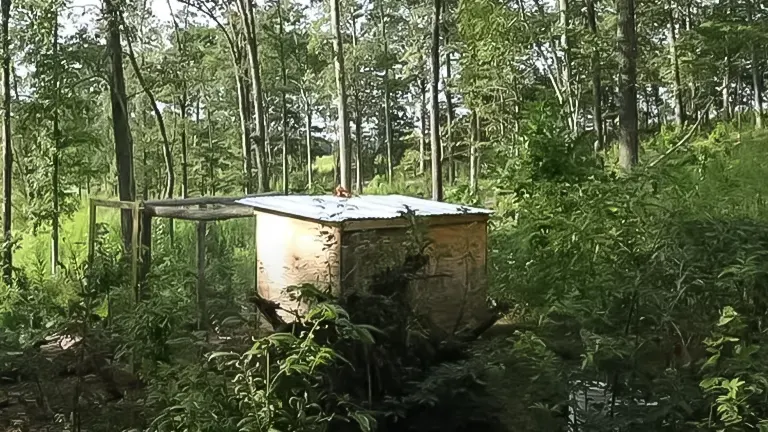
This strategic placement maximizes the efficiency of the feeding process and reduces the effort required to transport the larvae.
5. Manage Moisture
Proper moisture management is essential for maintaining a healthy black soldier fly bin. Drilling drainage holes at the bottom of your tote helps to prevent excess water accumulation, which could harm the larvae.

While a certain level of moisture is necessary for the larvae to thrive, too much moisture can create unfavorable conditions, highlighting the importance of balance.
6. Seasonal Considerations
It’s important to recognize that black soldier fly activity is influenced by seasonal changes. The bin will be most productive during the warmer months of spring through fall.
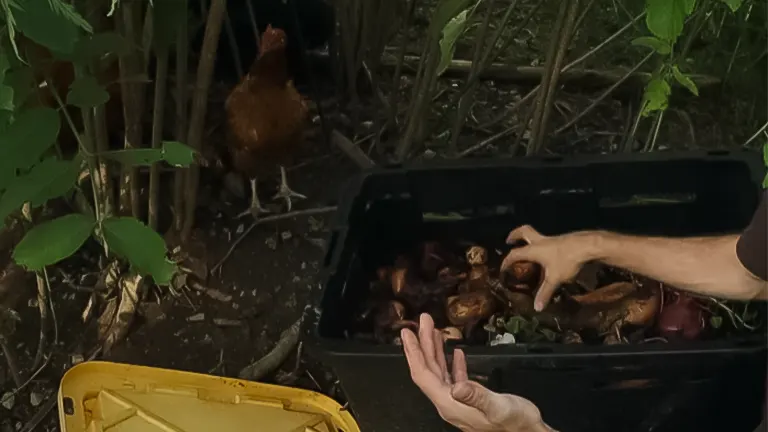
As temperatures drop, the larvae may enter a dormant state. Understanding these patterns allows you to adjust your expectations and management practices accordingly, ensuring a continuous supply of larvae during their active seasons.
7. Keep It Simple
Efficiency and simplicity go hand in hand when managing a black soldier fly bin. There’s no need for complicated setups or special structures for egg laying.
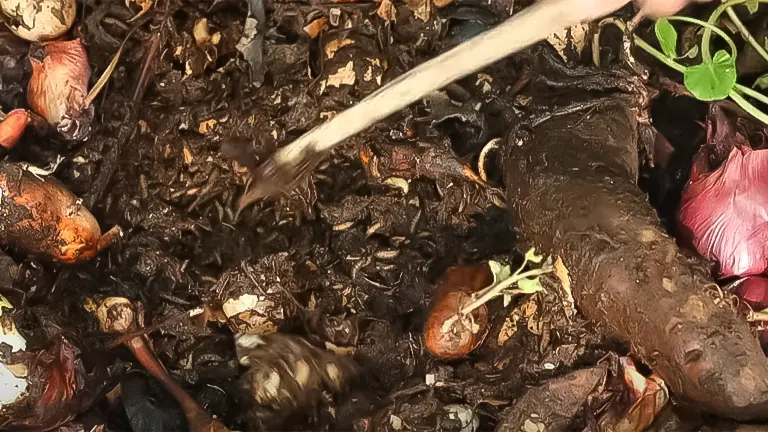
A straightforward tote equipped with food waste and properly placed slits provides the necessary environment for the flies to thrive and reproduce.
This minimalist approach not only reduces setup time but also lowers maintenance efforts, making it an attractive option for sustainable waste management and feed production.
Additional Tips for Transforming Chicken Feed with a DIY Black Soldier Fly Bin
- Optimize Your Waste Mix: To ensure a steady and efficient production of Black Soldier Fly larvae, pay attention to the mix of organic waste you add to your bin. While these larvae are not picky eaters, a balanced mix of fruit, vegetables, and protein-rich waste such as meat or dairy products can optimize their growth and nutritional value. Avoid adding too much of one type of waste to prevent imbalances that could slow down the decomposition process or attract unwanted pests.
- Monitor and Adjust Moisture Levels Regularly: While it’s important to have drainage holes to prevent water buildup, maintaining the right moisture level is crucial for larvae development. The bin should not be too dry or too wet. If you find the contents becoming too dry, you can add moisture by spraying water lightly. Conversely, if it’s too wet, adding dry carbon-rich materials like shredded paper or dry leaves can help absorb excess moisture.
- Harvesting Efficiency: To simplify the harvesting process, consider creating a two-bin system where one bin is actively being filled and the other is in the maturation stage for larvae. This rotation ensures a continuous cycle of waste decomposition and larva production. Additionally, placing a light source near the collection area at night can guide mature larvae towards the exit, making them easier to collect as they are attracted to light during their pupation phase.
Reflecting on the Impact
As I integrate this system with my newly built chicken coop, which itself is a testament to sustainable practices, I’m reminded of the broader implications of such simple solutions. By diverting food waste from landfills and converting it into high-quality animal feed, we’re taking small but significant steps towards more sustainable farming practices.
This experiment has not only provided my chickens with a constant supply of fresh, nutritious feed but has also sparked a deeper interest in sustainable agriculture. As I prepare to launch a comprehensive chicken masterclass, incorporating lessons learned from Korean natural farming and my experiences, I’m eager to share these insights with a community passionate about ethical and sustainable farming.
My Experience and Sustainable Path Forward
My experience with the black soldier fly bin transcends a mere personal achievement; it serves as a compelling example of the transformative impact achievable through reevaluating our waste management and livestock feeding practices. Looking ahead to the expansion of this initiative and the dissemination of my findings, I am filled with a sense of optimism regarding the prospects for sustainable agriculture and the significant contributions we all have the potential to make.
I encourage individuals, from experienced homesteaders to those newly interested in sustainability, to consider the benefits of incorporating black soldier fly larvae into their environmental strategies. By doing so, we collectively have the opportunity to convert waste into a valuable resource, one bin at a time.
Related Articles:
- Best Bedding For Chickens
- Best Safe Chicken Coop Heater
- 8×8 Chicken Coop Plans
- Turning a Shed Into a Chicken Coop
- How to Make a Chicken Coop Out of Pallets
- Best Sand for Chicken Coop
- How To Insulate a Chicken Coop
- How To Heat a Chicken Coop
- How To Keep Water from Freezing in Chicken Coop
- How to Build a Chicken Coop
- How To Build Chicken Nesting Boxes
- How to Raise Happy and Healthy Chickens in Your Backyard
- When Can Chicks Go Outside? Timing and Tips for a Smooth Transition
- 12 Reasons why Ducks are Better than Chickens
- Best Automatic Chicken Coop Doors 2024: Expert Reviews & Buyer’s Guide
- Best Fans for Chicken Coop 2024: Effective Cooling Solutions Reviewed
Final Concluding Thoughts
In conclusion, ‘Transforming Chicken Feed: My DIY Black Soldier Fly Bin Experience’ has been a journey of discovery, innovation, and sustainability. This simple yet effective system has not only revolutionized the way I feed my chickens but also offered a glimpse into the potential of sustainable practices in everyday agriculture. By turning kitchen scraps into high-quality chicken feed, we’re taking significant strides toward reducing waste and promoting a more sustainable cycle of food production.
This project underscores the importance of rethinking our approach to waste and animal feed, demonstrating that small changes can lead to impactful outcomes. As we continue to explore and share these sustainable practices, we pave the way for a more eco-friendly and resource-efficient future in farming and beyond.
Frequently Asked Questions
- What is a Black Soldier Fly Bin?
A Black Soldier Fly Bin is a specialized composting system designed to breed Black Soldier Fly larvae. These larvae consume organic waste and can be used as a high-protein feed for chickens and other animals. - Why use Black Soldier Fly larvae for chicken feed?
Black Soldier Fly larvae are an excellent source of protein and fat, essential for the healthy growth of chickens. They also help reduce waste by consuming kitchen scraps and organic waste. - How do I start a Black Soldier Fly Bin?
Begin with a suitable container, such as a tote, and add your organic waste. Ensure the container has slits for the flies to enter and for mature larvae to exit when ready to pupate. - What kind of waste can I put in the bin?
Almost all organic kitchen waste, including fruits, vegetables, meat, and dairy products, can be added. Avoid inorganic materials and toxic substances. - How do I manage moisture in the bin?
Drill holes at the bottom of the container to allow excess moisture to drain. This prevents the bin from becoming too wet, which could harm the larvae. - Where should I place my Black Soldier Fly Bin?
Position the bin near your animal enclosures for easy harvesting of the larvae but in a location that doesn’t interfere with your daily activities. Ensure it’s accessible yet out of direct sunlight to maintain optimal temperature. - Are Black Soldier Fly larvae harmful to humans or pets?
No, Black Soldier Fly larvae are not harmful to humans or pets. They do not carry diseases like other flies and are considered safe for composting and animal feed. - How do I harvest the larvae from the bin?
Mature larvae will naturally seek a dry place to pupate and will exit the bin through the slits. Place a collection container outside the exit points to easily collect them. - Can I use the bin year-round?
Black Soldier Fly activity is seasonal, with peak breeding times during warmer months. In colder climates, the bin’s productivity will decrease during winter. - How does this method benefit the environment?
This method significantly reduces food waste by repurposing it as animal feed, decreasing landfill use. It also offers a sustainable, eco-friendly alternative to conventional animal feed production, which often involves significant environmental costs.
We’re excited to hear from you! Let us know about your experiences and thoughts on “Transforming Chicken Feed: My DIY Black Soldier Fly Bin Experience” by leaving a comment below. Your personal journey and insights can provide valuable perspective to others, shedding light on both the advantages and hurdles of this approach, and guiding them towards making educated decisions in their pursuit of sustainable agriculture!

Edward Smith
Forestry AuthorWoodworking is about more than crafting; it's a harmonious connection with nature, mastering tools, and preserving our environment. I'm here to share my knowledge and experiences with you, forging a future where we can embrace wood's beauty and utility while safeguarding our forests' health and diversity.
5 comments
Good innovation.
Buyondo Herbert
March 6, 2024 3:27 pmWhere can I find this in South Africa
John Bornwell Shumba
March 6, 2024 11:13 amI have a problem understanding where the waste that the Soldier fly larvers have eaten through. How to get it out of the worm bin as it's suppose to be a superior type of compost. That also include the excess moisture which should also be a good liquid manure.Thanks
Tommy Thomas
March 6, 2024 8:59 amTo manage waste and moisture in a Black Soldier Fly larva bin, design it with a collection tray for solid compost and a spigot for draining excess liquid, which can be used as a potent plant fertilizer. Regular harvesting keeps the bin efficient and healthy.


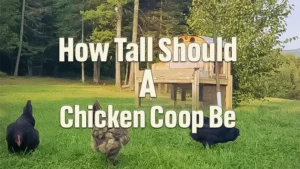

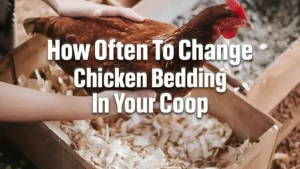

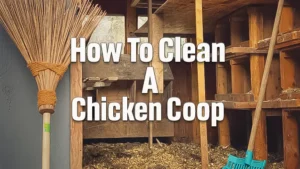



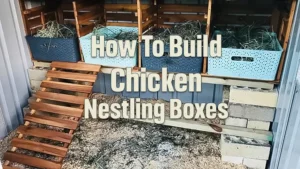
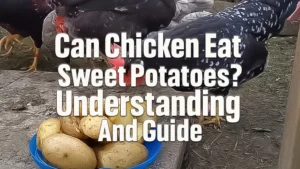

Thanks for the information. It's an eye opener. I will like to know more.
Olajide Moronfolu
March 7, 2024 8:09 am